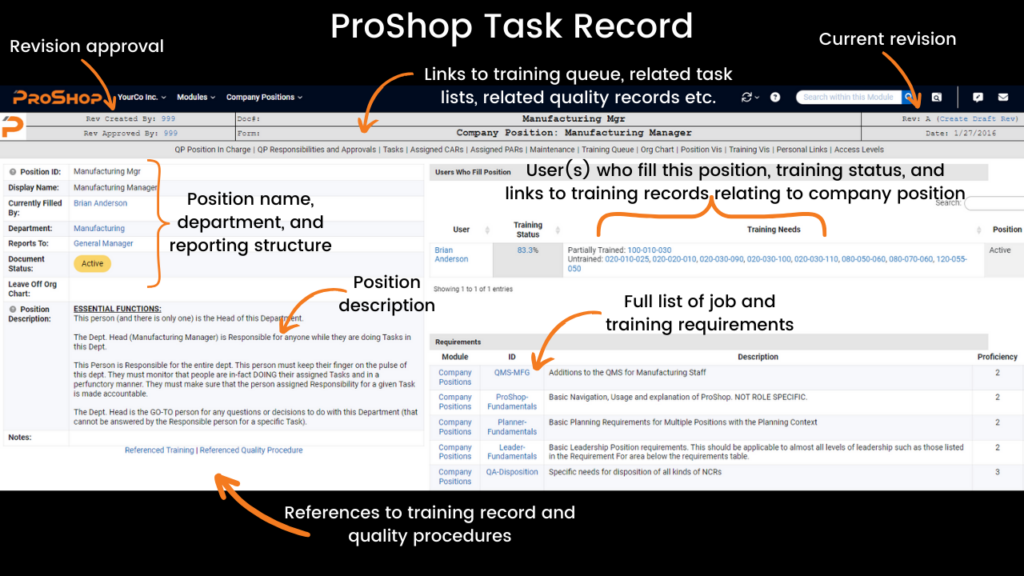Process
& Scheduling
Management
Maintenance
Management
& Inspection
& Material Planning
Financial Data
Management
Written by: Paul Van Metre and David Vuyk
If you could build the manufacturing business of your dreams, what would it look like? What sort of skills and competencies would need to exist within your team in order to arrive there one day? The goal of building a world-class manufacturing team is a commendable one. At the same time, so many manufacturing businesses today struggle to make their vision a reality. Why is that so? To be sure, it’s never just one thing that gets in the way, but a cocktail of challenges that can make progress toward the objective a daily struggle. While we can’t provide you with a magic bullet to overcome this, we can help you stack the deck in your favor to achieve the desired outcome. How do we get fully aligned with the overarching goals of the organization to increase our growth momentum? If you want to know the answer, keep reading.
In the busyness of day-to-day operations, it can be difficult for shop owners and managers to clearly see the hurdles blocking the path to business growth. Unfortunately, this too often leads to mediocre business performance. I’m reminded of a shop whose new 5-axis mill sat idle for months, because an employee left the company, and that employee was the only one who knew how to operate that machine! In that case, a piece of equipment meant to make revenue for the business was doing the opposite instead, all because of a lack of training and competency on the team. Perhaps you can think of similar examples in your own shop, where due to a lack of training or skilled personnel, the business wasn’t able to quote certain jobs or take on certain customers because those critical skills and competencies just didn’t exist on the team. I’m sure I don’t need to belabor the challenges surrounding the shortage of skilled labor today, but here too, how much opportunity are you leaving on the table because you don’t have an effective training and career development program in place to grow that skill from within?
In Jim Collins’ well-known book “Good to Great” he makes reference to something he calls the “Stockdale Paradox”. Perhaps you are familiar with it. To paraphrase, Collins made an observation about the companies he studied who had achieved incredible results. They had the ability to maintain a perspective of duality when confronting business challenges. On the one hand, they were able to confront the harsh reality of their situation, while at the same time being unwavering in their commitment to attaining their objectives. Apply that concept to your own quest for greatness as a company. Until you do, those struggles will likely continue. In our observation of growing manufacturing businesses, it’s often the shops that can effectively connect their team to achieving those big-picture goals, that experience the biggest wins and resulting momentum. To achieve the same, you also need to be extremely clear on how to build an effective team, whereby you have the right people on board who are equipped and enabled to achieve those incredible results.
How can you create an extremely effective new-employee onboarding process? How can you effectively upskill existing employees to fill the gaps you’ve identified? How do we encourage career development for our entry-level staff? How can we develop existing team members to eventually fulfill leadership positions within the company? Those are good questions to be asking, and for that reason, we’ve concluded that having an effective learning management system (LMS) integrated into your overall business management system, is of extreme importance to your long-term success. If there were a magic bullet, that’d be it.
At ProShop, we believe that having your training and learning management system integrated with the rest of your business systems is pretty darn important. If you don’t currently have a system in place, here are a few points to keep in mind:
How ProShop can help:
The best starting point is to define your organizational chart and define each company position with its respective roles and responsibilities. An example of ProShop’s org chart feature can be seen in the graphic below.

For each role, define the tasks that employees are required to complete as part of their daily duties. An example ProShop task record can be found below.

Next, create a training record for each task which outlines the correct way to complete that task, and assign a responsible trainer who can review and approve employee proficiency. ProShop’s optional training access control feature allows certain functions in ProShop to be restricted based on training and proficiency status. An example training record can be found below.

So much clarity is attained when we have defined company positions and an organizational chart that pulls together documented task and training requirements. As you can see in the example below, ProShop’s company position page is a hub whereby team members can access critical information pertaining to their role.

Our goal is to help you build a world-class manufacturing team! Will your current ERP system support your overall business objectives? If not, we’d love to speak with you. Get in touch today to take the first step to making your vision a reality.


